FOR IMMEDIATE RELEASE
December 15, 2016
CONTACT
Kristina (Kiki) Hubbard, Organic Seed Alliance, kristina@seedalliance.org, (406) 544-8946
Missoula, MT – Organic Seed Alliance (OSA) announced the release of a report today that details the organic seed needs of vegetable growers in Montana. The findings are based on a statewide survey conducted earlier this year as part of a bigger project to advance collaborative research, education, and outreach that results in more organic seed options for Montana’s growers.
Organic acreage in Montana continues to increase alongside the national demand for organic products. In a five-year period (2007-2011), organic vegetable acreage in Montana experienced a five-fold increase. The National Organic Program requires that certified producers use organic seed when available. Although the organic specialty seed industry is growing, the supply is still insufficient to fully meet the diverse and regional needs of all growers.
“The supply is especially limited for vegetable seed adapted to Montana’s climate and environmental conditions,” says Karl Sutton, owner of Fresh Roots Farm in Polson. “This reality is a challenge, but also a tremendous opportunity for farmers who want to grow seed organically for their farm or the commercial market.”
Sutton is one of the founders of Triple Divide Organic Seeds, a nine-member seed cooperative with the mission of developing plant varieties that grow well in Montana and other northern latitudes. Triple Divide is a collaborator in this assessment and other state-based research.
About 40 stakeholders responded to the survey, including nearly all certified organic vegetable operations in the state. The survey captured challenges growers face in sourcing organic seed and asked them to identify vegetable crops in need of improvement, including desirable traits. The crops growers identified as priorities include tomatoes, carrots, peppers, kale, and onions.
The survey findings will inform current and future organic seed research and education in the state, including organic variety trials that began this year, on-farm crop improvement projects, and educational events targeting growers who want to hone their seed production skills.
“The momentum behind building a regional seed system in Montana is exciting,” says OSA’s Kiki Hubbard, author of the report. “More than 80% of the farmers who responded to our survey want to participate in on-farm research to advance organic seed. This response shows great potential for training more Montana farmers in organic plant breeding and seed production to help fill supply gaps and establish a strong network of seed stewards.”
“The most promising outcome of Montana’s burgeoning seed movement will be a resilient seed system that adapts to ever-changing climate, production, and market needs,” Hubbard adds.
Resources:
Montana Organic Seed Assessment: Vegetables, 2016 can be downloaded at www.seedalliance.org/publications.
State of Organic Seed, 2016 is another OSA publication that provides national context. It can be downloaded at www.stateoforganicseed.org.
This project is supported by the Montana Department of Agriculture’s Specialty Crop Block Grant Program.
